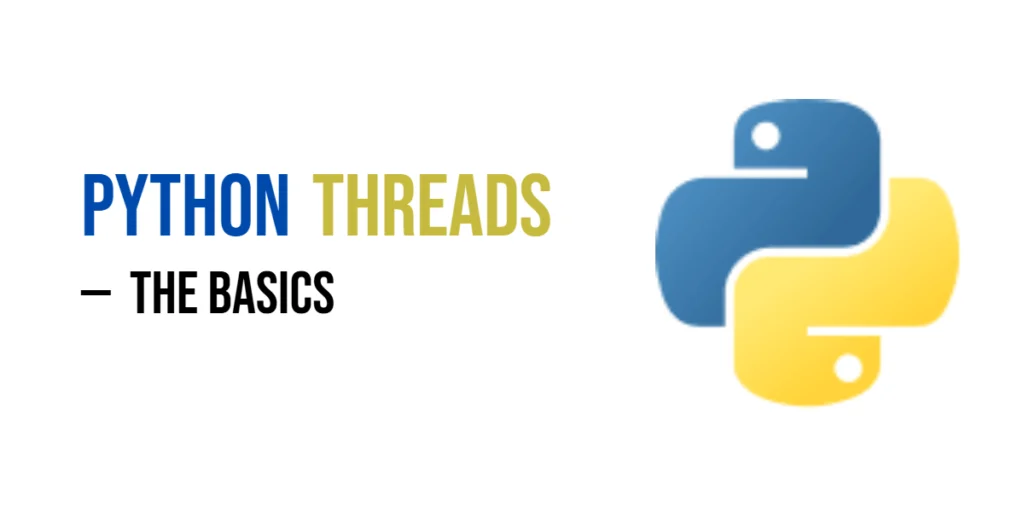Sorting plays a key role in computer programming. It helps arrange data in a specific order, making it easier to search, analyze, and manage. Whether you are building a small student management system or working on a data-heavy application, sorting ensures everything runs smoothly and efficiently. Among the many sorting algorithms available in C, Shell Sort is one that stands out for its simplicity and speed when dealing with moderately large datasets.

with hands-on learning.
get the skills and confidence to land your next move.
Shell Sort is an advanced version of the Insertion Sort algorithm. It improves performance by allowing the exchange of far apart elements, reducing the total number of comparisons and swaps needed. Named after its creator, Donald Shell, this algorithm provides a good balance between simplicity and efficiency. For beginners learning C programming, Shell Sort is a perfect example of how small improvements to an existing algorithm can result in better performance.
Program 1: Shell Sort Using Loops
In this first example, we’ll look at a simple implementation of Shell Sort using loops. This is the most common approach and is perfect for beginners who are just starting to learn about sorting algorithms in C.
#include <stdio.h>
void shellSort(int arr[], int n) {
for (int gap = n / 2; gap > 0; gap /= 2) {
for (int i = gap; i < n; i++) {
int temp = arr[i];
int j;
for (j = i; j >= gap && arr[j - gap] > temp; j -= gap) {
arr[j] = arr[j - gap];
}
arr[j] = temp;
}
}
}
void printArray(int arr[], int n) {
for (int i = 0; i < n; i++)
printf("%d ", arr[i]);
printf("\n");
}
int main() {
int arr[] = {45, 12, 78, 34, 23, 89, 56};
int n = sizeof(arr) / sizeof(arr[0]);
printf("Original array:\n");
printArray(arr, n);
shellSort(arr, n);
printf("\nSorted array:\n");
printArray(arr, n);
return 0;
}In this program, we start with a large gap between elements and reduce it gradually until the gap becomes one. The outer loop controls the gap size, and the inner loops compare and rearrange elements. This method makes Shell Sort much faster than a regular Insertion Sort, especially for larger arrays. Beginners will find it easy to understand because the code uses simple loops and comparisons.
Program 2: Shell Sort Using Recursion
Some programmers prefer using recursion instead of loops to make the code look cleaner and more modular. Here’s how you can implement Shell Sort using recursion in C.
#include <stdio.h>
void recursiveShellSort(int arr[], int n, int gap) {
if (gap == 0)
return;
for (int i = gap; i < n; i++) {
int temp = arr[i];
int j;
for (j = i; j >= gap && arr[j - gap] > temp; j -= gap) {
arr[j] = arr[j - gap];
}
arr[j] = temp;
}
recursiveShellSort(arr, n, gap / 2);
}
void printArray(int arr[], int n) {
for (int i = 0; i < n; i++)
printf("%d ", arr[i]);
printf("\n");
}
int main() {
int arr[] = {64, 25, 12, 22, 11};
int n = sizeof(arr) / sizeof(arr[0]);
printf("Original array:\n");
printArray(arr, n);
recursiveShellSort(arr, n, n / 2);
printf("\nSorted array:\n");
printArray(arr, n);
return 0;
}This recursive version follows the same logic as the loop-based one but calls itself after reducing the gap size. The base case stops recursion when the gap becomes zero. Using recursion in Shell Sort helps beginners understand how function calls work and how a problem can be broken down into smaller parts.
Program 3: Shell Sort with User Input
In this version, we make the program more interactive by letting users enter their own array elements. This approach helps learners practice user input handling along with sorting.
#include <stdio.h>
void shellSort(int arr[], int n) {
for (int gap = n / 2; gap > 0; gap /= 2) {
for (int i = gap; i < n; i++) {
int temp = arr[i];
int j;
for (j = i; j >= gap && arr[j - gap] > temp; j -= gap) {
arr[j] = arr[j - gap];
}
arr[j] = temp;
}
}
}
int main() {
int n;
printf("Enter number of elements: ");
scanf("%d", &n);
int arr[n];
printf("Enter %d elements:\n", n);
for (int i = 0; i < n; i++) {
scanf("%d", &arr[i]);
}
shellSort(arr, n);
printf("Sorted array:\n");
for (int i = 0; i < n; i++) {
printf("%d ", arr[i]);
}
printf("\n");
return 0;
}This code allows the user to input any number of elements and then sorts them using the Shell Sort technique. It’s a good exercise for beginners because it brings together several programming concepts like arrays, loops, and user input. The idea remains the same: start with a large gap and reduce it until the array is completely sorted.
Frequently Asked Questions (FAQ)
The following section answers common questions learners have when studying Shell Sort in C.
What is the main idea behind Shell Sort?
Shell Sort improves the Insertion Sort algorithm by comparing elements that are far apart. This helps move out-of-place elements faster toward their correct position.
Is Shell Sort better than Bubble Sort or Insertion Sort?
Yes, Shell Sort is generally faster than both Bubble Sort and Insertion Sort, especially when dealing with medium-sized datasets.
Does Shell Sort work for large datasets?
While Shell Sort performs better than simple algorithms, it’s not as efficient as advanced ones like Merge Sort or Quick Sort for very large datasets.
Can Shell Sort handle negative numbers?
Yes, Shell Sort can handle negative numbers just as easily as positive ones since it only depends on comparisons between elements.
Conclusion
Shell Sort is a great algorithm for anyone learning data structures and algorithms in C. It combines the simplicity of Insertion Sort with improved performance through its use of gaps. By starting with elements far apart and gradually narrowing the gap, it efficiently sorts arrays with fewer moves.
Whether you choose to use loops or recursion, understanding how Shell Sort works will strengthen your problem-solving skills and give you confidence to explore other sorting techniques. Keep practicing, experiment with different arrays, and soon you’ll find sorting in C as easy and enjoyable as a game of chess.







